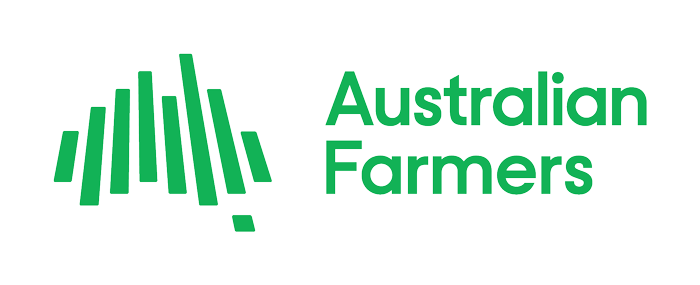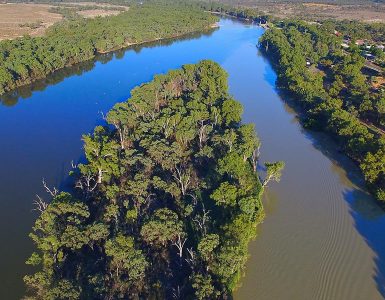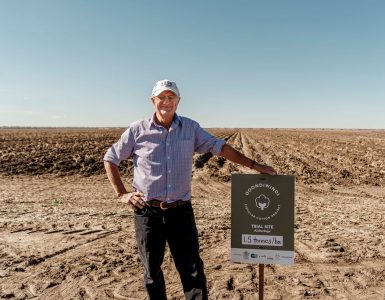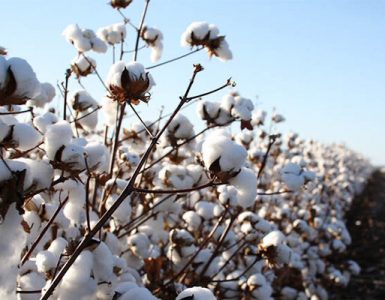Should we be growing cotton in a place like Australia? Do we still irrigate crops during drought? Is the Murray Darling Basin Plan helping the environment?
These are some of the questions raised from everyday Australians who want to make sense of what they’re hearing about farming in the Murray Darling Basin.
We want to ensure the truth is laid out, so you can cut through the noise and take an informed stance on these issues. Keep reading to learn more, and if you have questions – please leave us a comment at the bottom of the page.
What is the Murray Darling Basin?
The Murray–Darling Basin is the largest and most complex river system in Australia. It runs from Queensland, through New South Wales and the Australian Capital Territory, Victoria and South Australia, spanning 77,000 kilometres of rivers, many of which are connected. Towns and rural communities across the Basin rely on a healthy river system—our economy, food security and wellbeing depend on it, now and into the future.
Farming runs through all regions with 9,200 irrigated agriculture businesses across the Basin. The Basin is the food bowl of the nation—the agriculture industry is worth $24 billion annually.
What is the Murray Darling Basin Plan?
At its heart, the Basin Plan sets the amount of water that can be taken from the Basin each year for industries such as agriculture, while leaving enough for the environment.
Managing water is complex. It is a partnership between:
- the Australian Government
- New South Wales
- Queensland
- South Australia
- Victoria
- the Australia Capital Territory.
How do water allocations work?
- Farmers buy or lease water licences/entitlements.
- Annually, state governments allocate water to irrigators based on the amount of water available in the system, after water for the environment and critical human needs has been prioritised.
- The licences allow growers to access a set amount of the total water allocated by authorities for farming.
- Farmers with a water licence can use the water they extract to grow whatever they like.
Why are crops like cotton grown in Australia?
- Cotton is a desert plant that is water efficient and suits Australia’s climate.
- Cotton is the crop of choice as it gives growers the best return per megalitre of water. Other summer crops, like corn and soybeans, use similar amounts of water per hectare.
- Cotton is an annual crop that is only grown when sufficient water is available.
- Banning cotton would not see any extra water returned to the environment, as the water has been allocated to the irrigator’s licence.
- If cotton was to be banned in Australia, farmers would use their water to grow the next most profitable crop.
How is irrigated agriculture impacted by drought?
- During a drought, the amount of water for farmers significantly drops, as allocations are reduced.
- The water that is available is prioritised for critical human needs and the environment first.
- If there’s no water available, there are no irrigated crops grown (unless a farmer irrigates using water they stored when there was a high water allocation).
What is the NFF/irrigation industry’s stance on water theft?
- The industry has zero tolerance of law breaking and believes offenders should face the full force of the law.
- If someone is known to be doing the wrong thing, they should be reported to relevant state authorities, and those concerns should be thoroughly investigated.
- Australia’s irrigated agriculture sector has high standards for growers which demand best practice.






































Clear and concise. I’m going to share with all of my contacts who are being fed emotive false facts
Thanks NFF
Thanks!